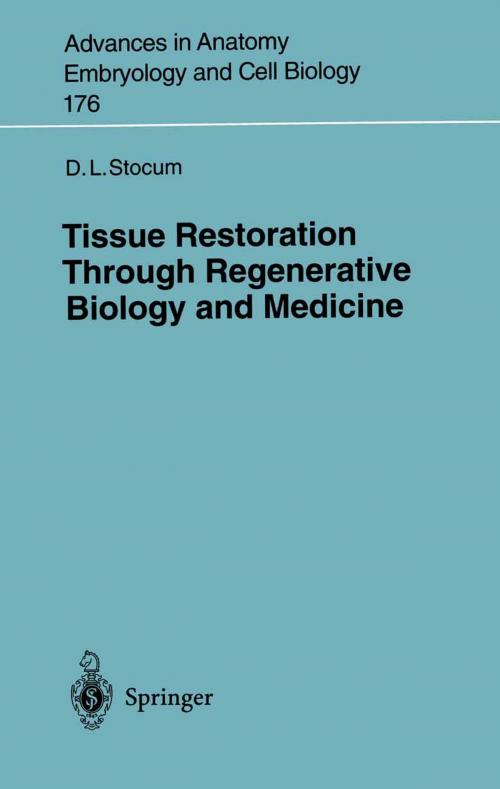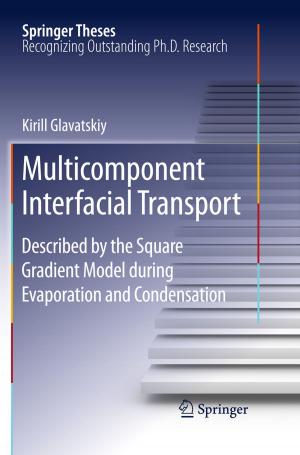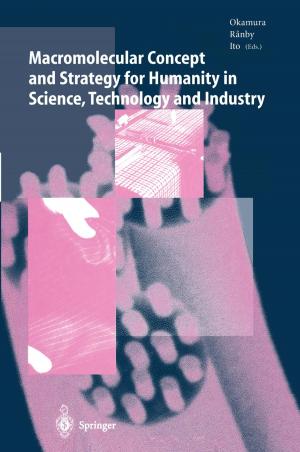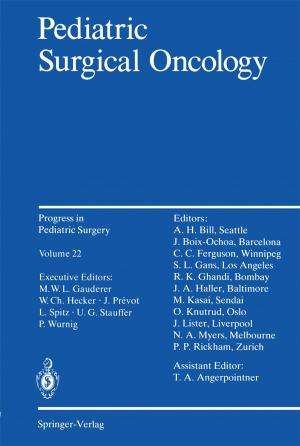Tissue Restoration Through Regenerative Biology and Medicine
Nonfiction, Health & Well Being, Medical, Medical Science, Physiology| Author: | David L. Stocum | ISBN: | 9783642189289 |
| Publisher: | Springer Berlin Heidelberg | Publication: | December 6, 2012 |
| Imprint: | Springer | Language: | English |
| Author: | David L. Stocum |
| ISBN: | 9783642189289 |
| Publisher: | Springer Berlin Heidelberg |
| Publication: | December 6, 2012 |
| Imprint: | Springer |
| Language: | English |
Advances in cell, developmental and molecular biology, and the discovery of regeneration-competent cells in many non-regenerating mammalian tissues, have given impetus to systematic investigations that will enable us to regenerate these tissues by cell transplantation or the pharmaceutical induction of regeneration from the body’s own tissues. A significant avenue of research is the identification of the soluble and insoluble signals and their transduction pathways that govern the proliferation and differentiation of regeneration-competent cells, and the signals that inhibit their activity after injury.
How far can we go in our quest for regeneration? We will probably be able to induce the regeneration of some tissues, such as skin or even spinal cord, within a few years. The regeneration of others, such as heart, lung, kidney or appendages, may be more complex and difficult, but we should not view them as impossible. They will just take a little longer.
Advances in cell, developmental and molecular biology, and the discovery of regeneration-competent cells in many non-regenerating mammalian tissues, have given impetus to systematic investigations that will enable us to regenerate these tissues by cell transplantation or the pharmaceutical induction of regeneration from the body’s own tissues. A significant avenue of research is the identification of the soluble and insoluble signals and their transduction pathways that govern the proliferation and differentiation of regeneration-competent cells, and the signals that inhibit their activity after injury.
How far can we go in our quest for regeneration? We will probably be able to induce the regeneration of some tissues, such as skin or even spinal cord, within a few years. The regeneration of others, such as heart, lung, kidney or appendages, may be more complex and difficult, but we should not view them as impossible. They will just take a little longer.















